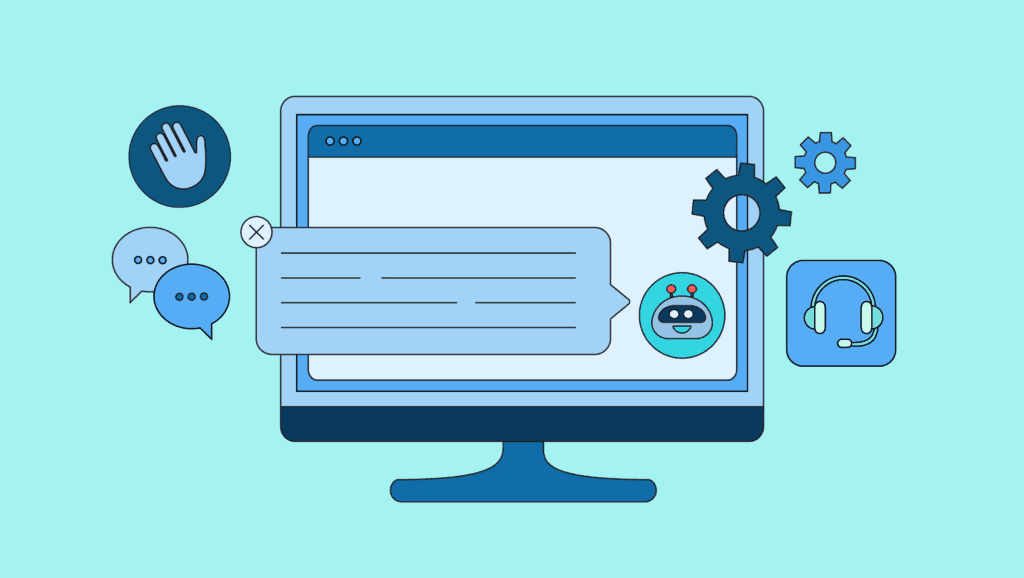In today’s digital age, the world is more interconnected than ever before. While this interconnectedness has brought numerous benefits, it has also given rise to the increasing threat of cyber crises. As cyberattacks become more sophisticated, organizations are turning to artificial intelligence (AI) as a powerful tool to help humans function better during a cyber crisis. In this article, we’ll explore the role of AI in enhancing cybersecurity and empowering humans to respond effectively when facing cyber threats.
Cybersecurity is a critical concern for businesses, governments, and individuals alike. The ever-evolving landscape of cyber threats demands innovative solutions. AI has emerged as a game-changer in this field, allowing us to navigate the intricate web of cyberattacks more effectively.
The Role of AI in Cybersecurity
Understanding Threats
One of the primary functions of AI in cybersecurity is its ability to understand and anticipate cyber threats. AI systems can analyze vast amounts of data in real-time, detecting anomalies and potential threats that might go unnoticed by humans.
Early Detection and Prevention
AI-driven security systems can detect threats at an early stage, enabling swift responses. This proactive approach can prevent breaches and minimize damage.
Anomaly Detection
AI employs machine learning algorithms to identify unusual patterns, which could be a sign of a cyberattack. This level of anomaly detection is challenging for humans alone.
AI-Enhanced Incident Response
Automated Incident Handling
AI can automate incident handling, reducing response times and minimizing human errors. This ensures a more efficient reaction to cyber threats.
Providing Actionable Insights
AI systems not only detect incidents but also provide actionable insights for human responders. This guidance streamlines the decision-making process during a crisis.
Human-Machine Collaboration
Augmenting Human Expertise
AI doesn’t replace humans; it enhances their capabilities. It assists human experts in making informed decisions during a cyber crisis.
Scalability
AI systems can scale their capabilities as needed, making them invaluable for organizations facing cyber crises of varying magnitudes.
Real-Life Applications
AI-Powered Threat Intelligence
AI is used to gather and analyze threat intelligence, helping organizations stay one step ahead of cybercriminals.
AI in Phishing Detection
Phishing attacks are a common cyber threat. AI algorithms can effectively detect and prevent phishing attempts, reducing the risk of data breaches.
Conclusion
In a world where cyber crises are becoming increasingly common, the role of AI in enhancing our ability to respond effectively cannot be overstated. AI’s unique capabilities, such as early threat detection and automated incident response, make it a critical ally in the battle against cyber threats.
FAQs
- How does AI help in early threat detection?
AI uses machine learning to analyze data and identify patterns that might signal a cyber threat, enabling early detection. - What are the advantages of automated incident handling using AI?
Automated incident handling reduces response times, minimizes errors, and ensures a more efficient response to cyber threats. - Can AI replace human experts in cybersecurity?
No, AI augments human expertise by providing valuable insights and support during a cyber crisis. - What is the role of AI in phishing detection?
AI is crucial in detecting and preventing phishing attacks, which are a prevalent form of cyber threat. - How can organizations leverage AI in cybersecurity?
Organizations can use AI for threat intelligence, automated incident handling, and enhancing the overall cybersecurity infrastructure.




